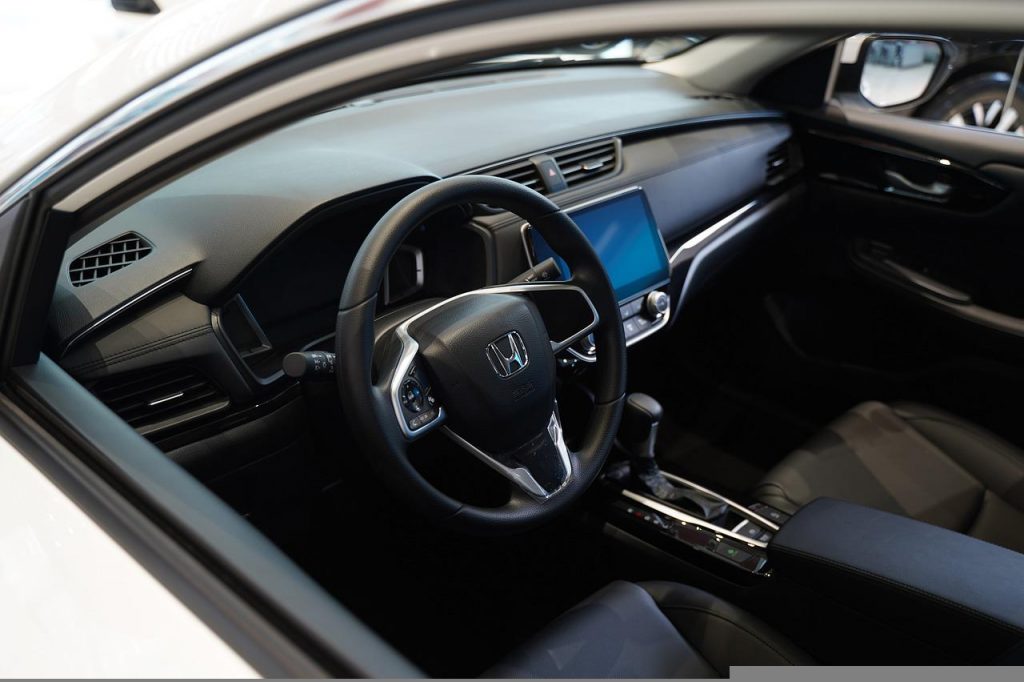
Honda has been around for a long time, and as such, has gotten a lot of looks from car enthusiasts over the years. From their iconic four-cylinder engine to their compact hatchback, everything about Honda vehicles stands out. With that being said, not everyone can afford to spend money on a brand new vehicle. That is why having your Honda serviced is so important; it keeps a car running smoothly and saves you money in the long run by keeping it maintained regularly.
A vehicle suspension system is one of the most essential parts of your vehicle. It is responsible for keeping the wheels from bouncing and allows the vehicle to stay on the ground. If you don’t know how much it costs to get a Honda suspension service, here is everything you need to know. Fortunately, Honda provides affordable suspension service without breaking the bank.
When To Have Vehicle Suspension System Checked
Whenever you have your vehicle serviced, have your suspension system checked as well. Vehicle suspension systems can be complicated, so they are best left to professionals.
If there are any issues with your vehicle’s suspension, you should have it checked as soon as possible. This includes a visual inspection as well as tests of the shocks and struts to ensure that they are in good working order. While there are other factors that can affect the suspension system, such as road conditions and weight, having it properly tuned every 12,000 miles can help ensure that it is operating at peak efficiency.
What Does Honda Suspension Services Include
Honda Suspension Service includes repairing the suspension system, alignment, and general maintenance. While it can be expensive, it is important to get it done regularly. Honda suspension types include the front and rear suspension. The front suspension includes the upper control arms, lower control arms, and sub-frame. The rear suspension includes the rear shock absorbers, swing arm, and rear subframe.
The most common issues with Honda suspensions are worn bushings, loose or broken springs, or loose ball joints. If you notice any of these problems, schedule a Honda suspension service as soon as possible. You might also need new tires if they’re worn down to the metal. There are many things that can cause your Honda to shake or pull to one side when you’re driving it. If you notice any of these signs when you’re behind the wheel, take it in to get it checked out.
How Much Does Honda Vehicles Service Cost
Most services cost between $50-$150 per year. This includes general maintenance such as oil changes, tire rotations, coil springs, and more. Of course, this number will depend on your driving habits and mileage. But, generally speaking, it should be fairly low.
Checklist: Before you take your car in for suspension service
There are a few things you should do before taking your car into the shop for suspension service.
- First, check your tire pressure and make sure it’s correct. Even slight changes in road conditions can cause your tires to lose air pressure over time, so it’s important to keep an eye on the status of your tires. Also, if your car has recently been involved in any accidents or has sustained damage, take it to your local shop for suspension service.
- Next, take a look at the condition of your wheel bearings. While wheel bearings are supposed to last about 100,000 miles (160,000 km), they can start wearing out after around 50,000 miles (80,000 km). If you see any signs of wear on your wheel bearings, such as grinding noises or vibration when turning corners, bring your car into the shop immediately.
- Check all the fluids regularly. If you notice any signs of trouble with your car’s suspension such as squeaks, rattles, or vibration, bring it in right away so that it doesn’t interfere with normal operation.
- Finally, before taking your car in for suspension service, check the condition of all other parts that could be affected by shock absorbers. For example, if you have recently replaced brake pads and rotors or installed new tires on your car, make sure those replacements are still intact and free from defects.
If you have any questions about your suspension system or would like to schedule a service appointment, contact your local ASE-Certified mechanic today!

